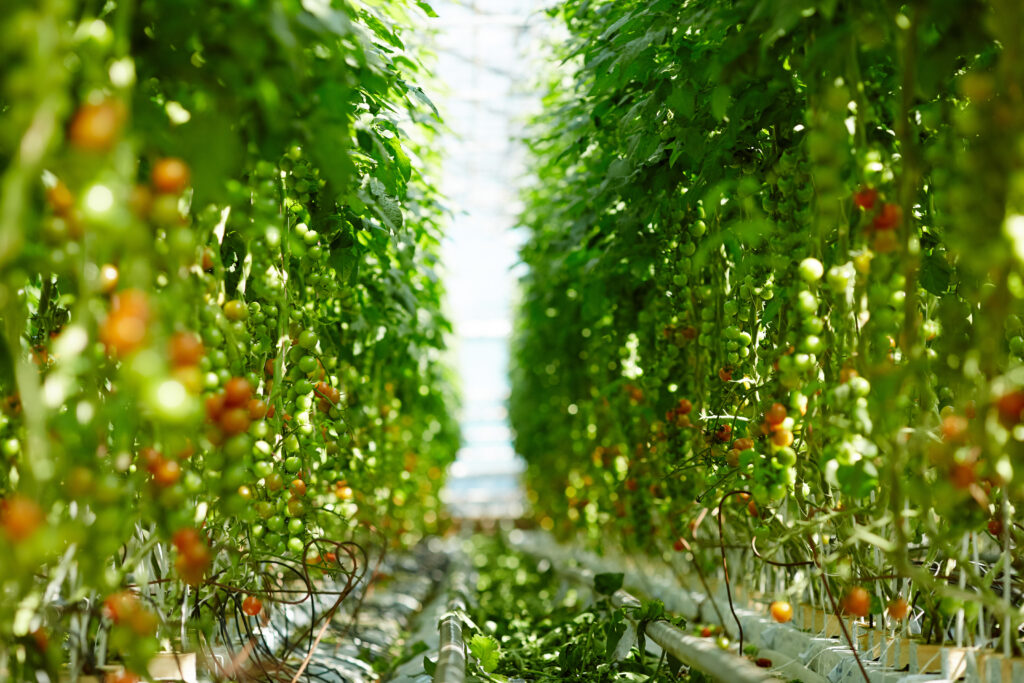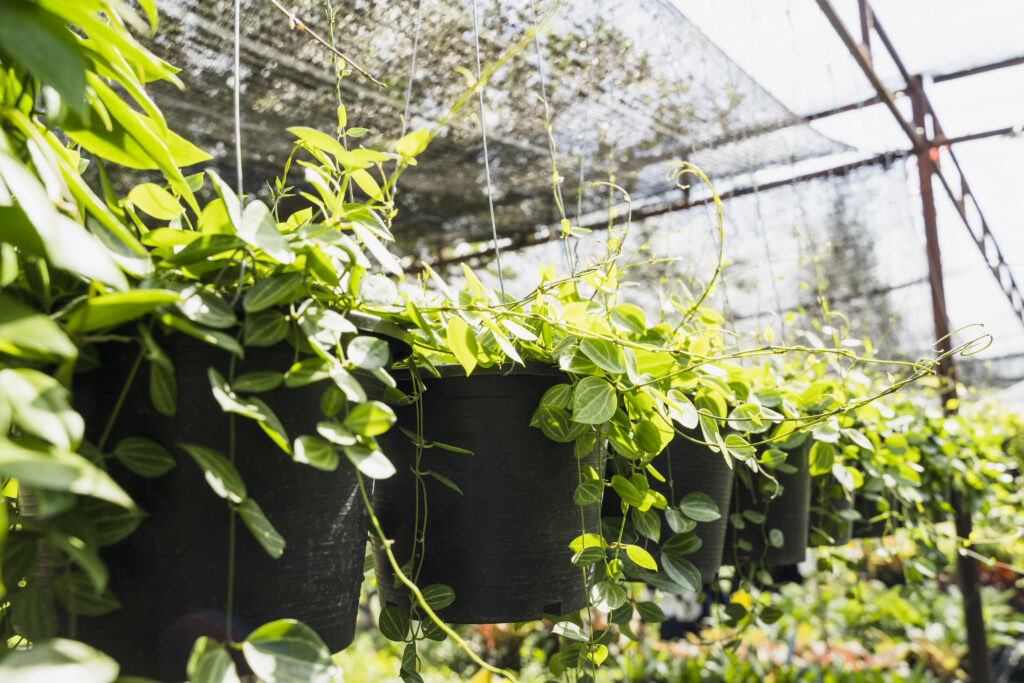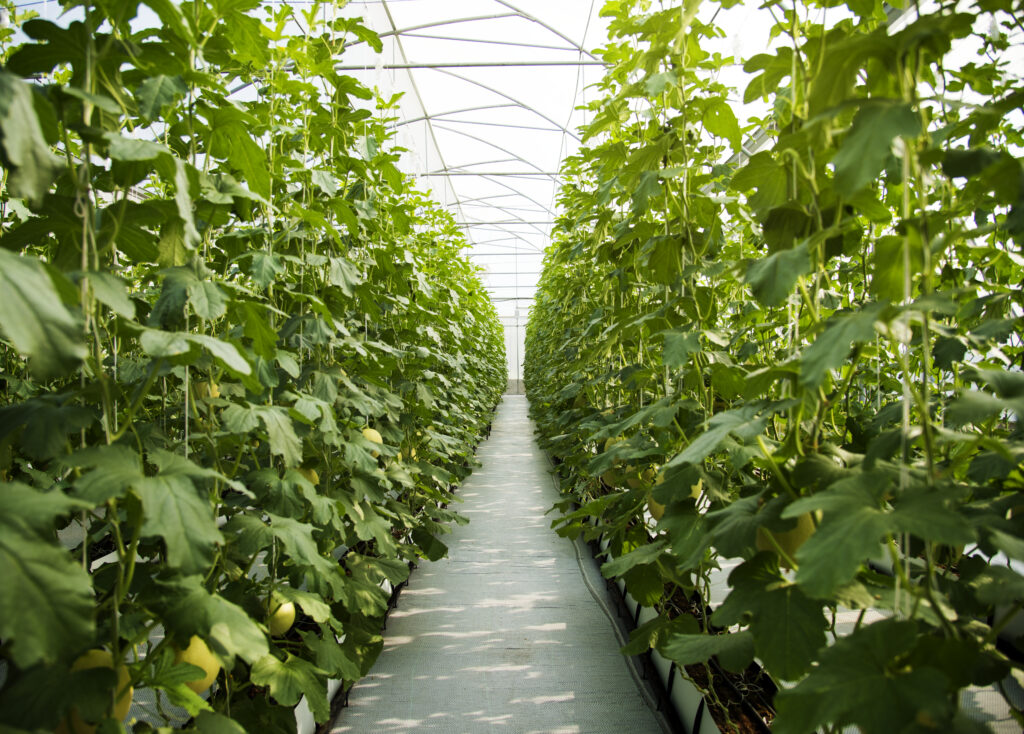The progressing environmental degradation, which manifests in shortages of water and agricultural land, and the increasing incidence of natural disasters are some of the key problems of today. As a result, it has become imperative that we identify new and convenient areas for cultivating crops.
The alternative to traditional farming is urban farming, where crops grow in a strictly controlled environment, in enclosed spaces inside city buildings. Vertical farms consist of a stack of panels or pipes placed atop each other. The plants are grown in layers because this helps to utilise the potential of tall buildings.
Many of these facilities have no windows, and some are even built underground. Such crops require no soil, and they are illuminated by LED lighting systems. Water, nutrients and even pollinators and pest-fighting insects also have to be supplied using technology.
In contemporary times, vertical farms are almost fully automatic. Hydroponic or aeroponic systems are commonly used. Water or water vapour saturated with nutrients circulates directly around the roots of the plants.
Dedicated computer systems and sensors monitor parameters such as temperature, moisture content, pH or mineral level and adapt the heating and ventilation to the needs of the crops.
Vertical farming – a remedy to problems with the ecosystem and food quality
Urban agriculture has many advantages. One of them is sustainability. It reduces the use of natural resources such as soil, water and space. Also, this method of food production reduces the contamination of the environment with exhaust gas, plant protection products or artificial fertilisers. Increasing the number of vertical farms will reduce the amount of land used for industrial farming. This, in turn, will alleviate the problem of tree felling, enabling the reconstruction of the ecosystem.
Another advantage is efficiency. The area of a large supermarket can be used to create a vertical farm corresponding to 280 hectares of traditional farm fields.
The growing food demand and interest of consumers in cities with fresh, local food call for the development of new, more efficient farming systems. Urban farming is much more cost-efficient because it shortens the plant growth cycle by up to 10 days. This may increase yield by up to 700%.



The short supply chain is also one of the elements that enable the preservation of nutrients and flavour lost during transport. Controlled vertical farming may enable the creation of a higher number of flavour compounds, vitamins or antioxidants.
Another promising perspective is the “intelligent supply chain”, where the plant growth cycle can be accelerated or slowed down depending on the current demand for the product.
The creation of vertical farms also has a positive effect on the mental health of city dwellers and increases awareness of the issue of food waste.
Challenges
Just like many other innovative solutions, vertical farming faces many challenges. The first major issue is high energy consumption. The generation of artificial light, which is needed by the crops, uses a lot of energy. A lot of that energy comes from fossil fuels. Although renewable energy sources (photovoltaics) may be an answer to this issue, such food production still has a long way to go in the absence of energy security.
Although the technology is very promising, the costs connected with installations that imitate the natural ecosystem are still very high. There are also many needs that cannot be satisfied by vertical farming at the moment. Urban farms are not well-suited, for instance, for crops that not only require more space but also a tremendous amount of light.
Sylwia Bartołd
Source: www.sciencefocus.com












